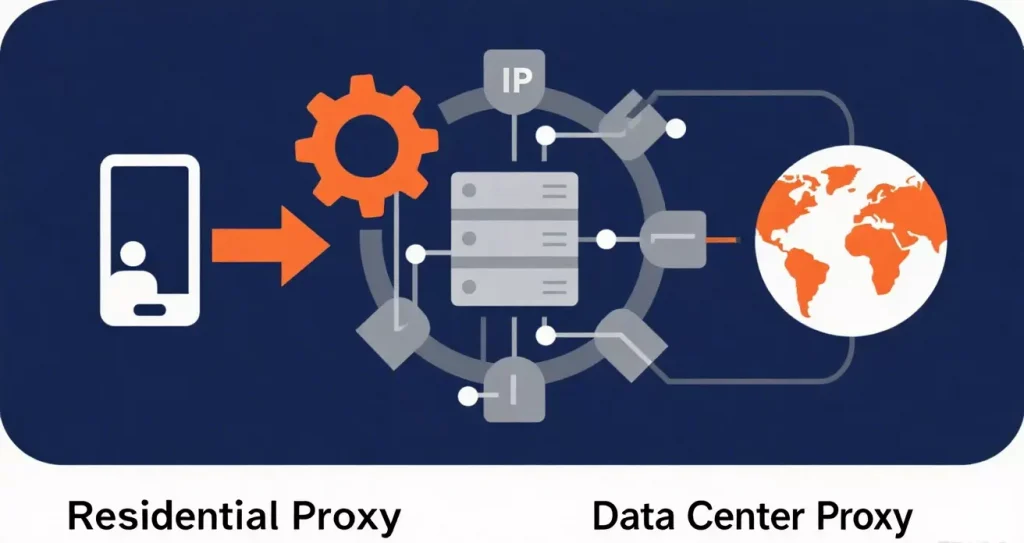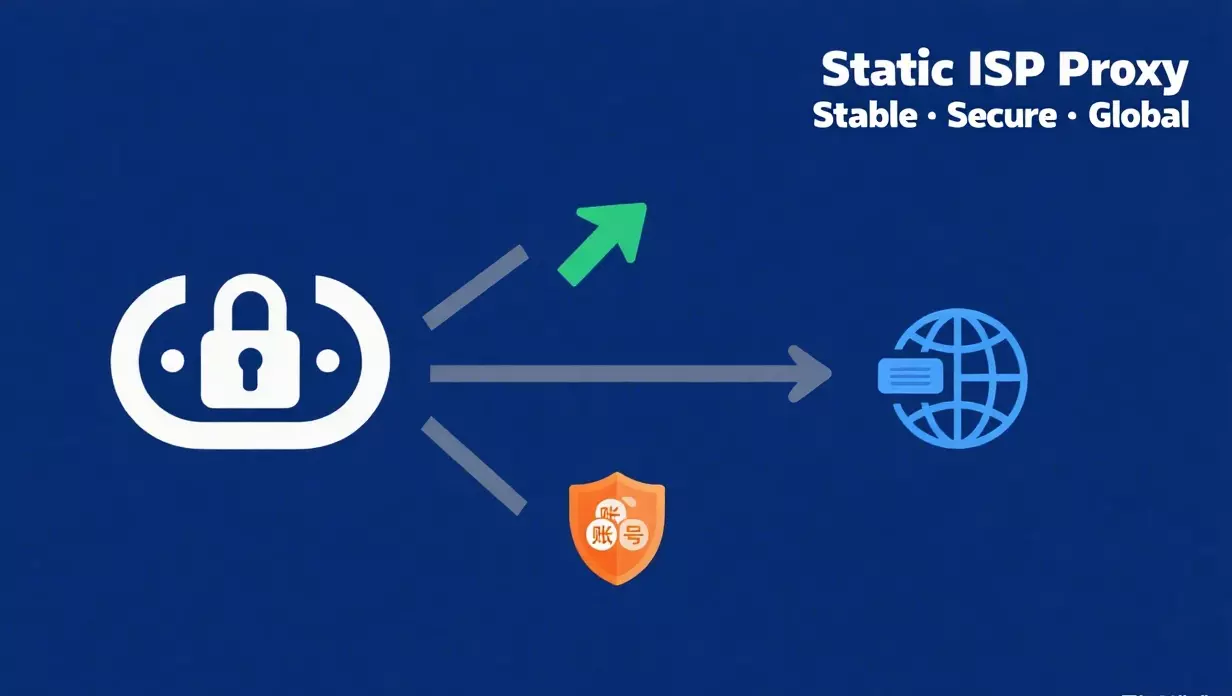You’ve probably heard the term “Proxy IP” before — maybe while setting up a work-from-home network, doing market research, or trying to optimize overseas business operations. But what exactly is it, and how can it help you?
In this guide, we’ll break down what proxy IPs are, how they work, the different types available, and how to choose the right one for your needs — so you can use them confidently and avoid common pitfalls.

1. What is a Proxy IP?
A proxy IP acts as a middleman between your device and the internet. Instead of connecting directly to a website, your traffic is routed through a proxy server, which assigns you a different IP address.
Key benefits include:
- Hide your real IP: Enhance privacy and avoid being tracked or blocked.
- Access geo-specific content: Great for global market research or testing regional services.
- Improve connection stability: Reduce lag and optimize speed for international tasks.
Think of it as your digital alias — it helps you do what you need online, more privately and efficiently.
2. Types of Proxy IPs
Not all proxies are the same. Here are the two main types:
📍 Datacenter Proxies
- Source: Data center servers.
- Pros: High speed, low cost, ideal for heavy-duty tasks.
- Cons: Can be detected and blocked by some platforms.
- Best for: Large-scale data scraping, automated tasks, and testing.
🏠 Residential Proxies
- Source: Real home IP addresses.
- Pros: Highly authentic, hard to detect.
- Cons: Pricier and slightly slower.
- Best for: Long-term tasks, ad verification, local content testing.
3. Where Are Proxy IPs Used?
Proxy IPs aren’t just for tech people. They’re useful across industries:
🔒 Privacy & Security
Keep your business IP hidden from competitors or malicious trackers.
🌍 Global Business & Testing
Test how your service performs in different countries without flying there.
📊 Market Research & Data Collection
Gather public data compliantly from around the world.
⚡ International Performance Optimization
Speed up connectivity for remote teams or overseas servers.
Providers like IPHalo offer wide global coverage and smart routing, making cross-border operations smoother and more secure.
4. How to Choose a Proxy IP Service
Picking the right provider matters. Here’s what to look for:
✅ Reliability
Choose a service with high uptime and stable connections.
🌐 Global Coverage
If you need access in specific regions, make sure your provider has servers there. IPHalo, for example, offers broad geographic coverage.
🔧 Proxy Type
Match the proxy type to your use case. Need speed? Go datacenter. Need stealth? Residential.
👨💻 User Experience
A good dashboard — like IPHalo‘s — makes it easy to manage IPs, track usage, and switch settings.
5. Wrapping Up
Proxy IPs help hide your IP, bypass geo-blocks, and improve speed.
- Choose between datacenter (fast + affordable) and residential (stealthy + reliable).
- Look for reliability, location coverage, and ease of use when picking a provider.
- IPHalo is a solid choice for both individuals and businesses — with smart routing, global nodes, and strong compliance.
Always use proxy IPs in line with local laws and terms of service. Working with a compliant provider like IPHalo helps keep your operations safe and professiona






